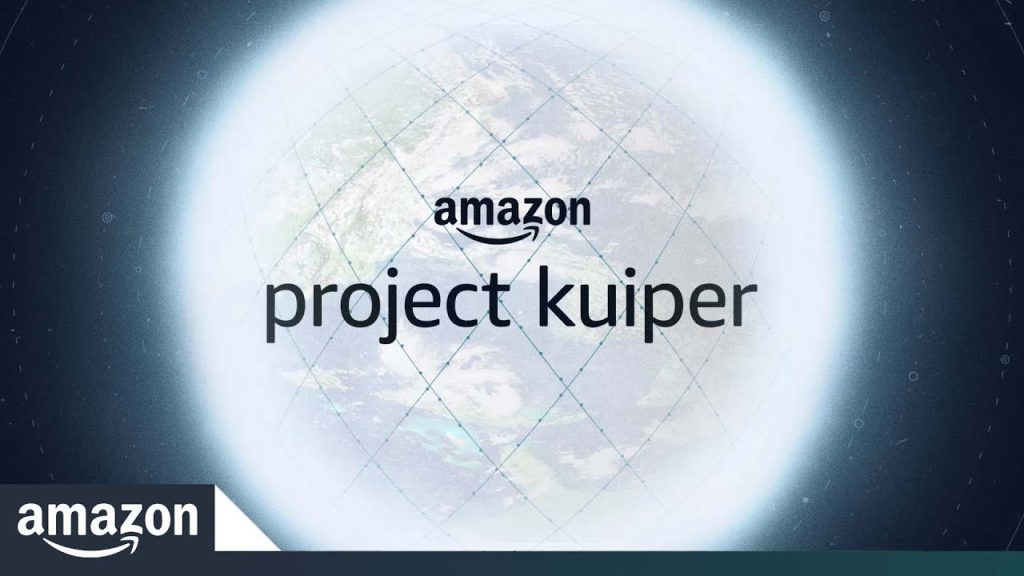The race for global satellite internet coverage is heating up, and tech giant Amazon has firmly positioned itself in the forefront with Project Kuiper. Amazon’s ambitious initiative aims to provide internet access to unserved and underserved communities worldwide through a constellation of low Earth orbit (LEO) satellites. To propel this revolutionary project forward, Amazon has announced the construction of a state-of-the-art $120 million facility in Florida
In preparation for the launch of its Project Kuiper prototype satellites in 2024, Amazon is set to construct a new satellite processing facility at NASA’s Kennedy Space Center (KSC). The facility, which is already under construction, will be strategically located near launch operators Blue Origin and United Launch Alliance. The 100,000-square-foot facility will be situated at KSC’s historic Launch and Landing Facility, managed by Space Florida. This investment is a crucial step in Amazon’s ambitious timeline to begin full-scale production launches and early customer pilots next year.
By partnering with Space Florida, Amazon hopes to contribute to the growth of the space industry in Florida and across the United States. The company plans to start satellite manufacturing in Washington later this year, with the Florida facility responsible for receiving the satellites, conducting final check-outs, and preparing them for launch. To accommodate the payload fairings of Blue Origin’s New Glenn and ULA’s Vulcan Centaur, the facility includes a 100-foot tall clean room.
With Project Kuiper, Amazon aims to compete with SpaceX’s Starlink by launching over 3,200 high-speed internet satellites into low Earth orbit. The company has already made significant investments and reserved 77 heavy-lift launches. In the coming months, Amazon plans to launch two prototype satellites as part of this ambitious endeavor.
Empowering Global Connectivity
While internet access has become a staple in many parts of the world, billions of people still lack reliable internet connections, especially in remote and rural areas. Project Kuiper seeks to bridge this digital divide by deploying a vast network of LEO satellites that orbit closer to Earth, promising low-latency, high-speed internet connectivity to even the most remote regions.
Amazon’s Vision for Project Kuiper
Amazon’s vision for Project Kuiper is nothing short of ambitious. The company plans to launch a constellation of over 3,000 satellites, forming a web of interconnected satellites that blanket the Earth’s surface. This extensive network will enable seamless internet access, communication, and data transmission across the globe, revolutionizing how people connect and share information.
Advantages of Low Earth Orbit Satellites
The decision to use LEO satellites in Project Kuiper offers several key advantages. Unlike traditional geostationary satellites, which orbit at higher altitudes, LEO satellites are much closer to the Earth, resulting in significantly reduced latency and faster data transmission. This feature makes LEO satellites ideal for applications that require real-time communication, such as video conferencing, online gaming, and autonomous vehicles.
The Florida Facility: A Crucial Milestone
To support the deployment and operation of Project Kuiper, Amazon is investing $120 million in building a cutting-edge facility in Cape Canaveral, Florida. This facility will serve as a vital hub for satellite processing, assembly, and testing, ensuring the successful launch and operation of the satellites. The strategic location near Kennedy Space Center provides easy access to launch facilities, streamlining the satellite deployment process.
Overcoming Challenges and Ensuring Success
While Project Kuiper holds tremendous promise, it also faces challenges. The project must navigate regulatory approvals, spectrum management, and competition from other satellite internet initiatives. Moreover, ensuring responsible space debris management is critical to avoid adding to the growing problem of space debris in low Earth orbit.
